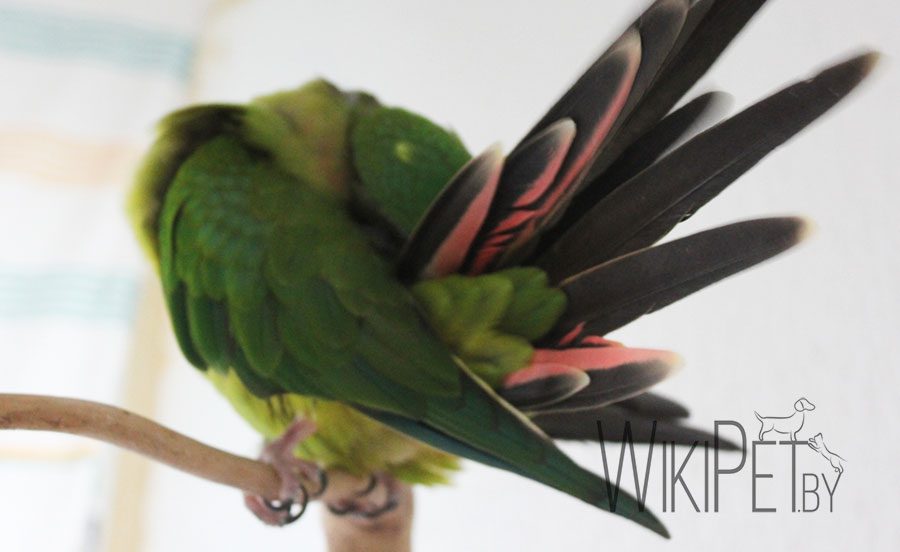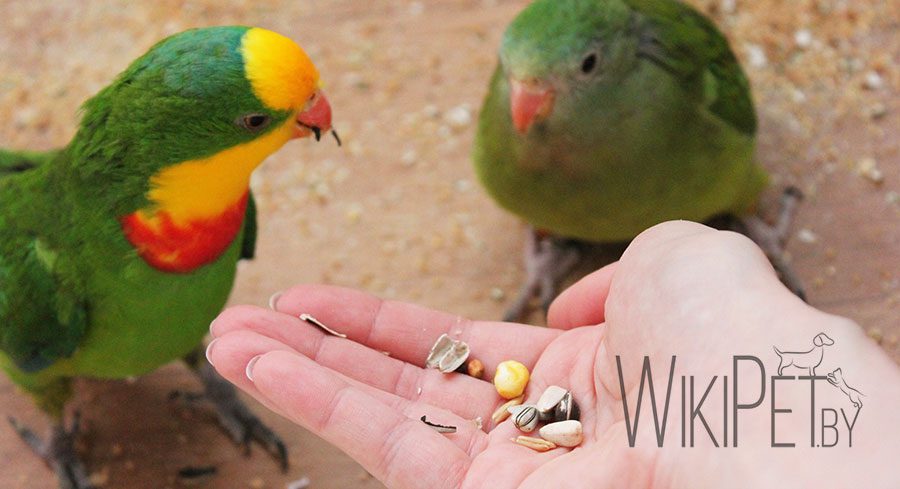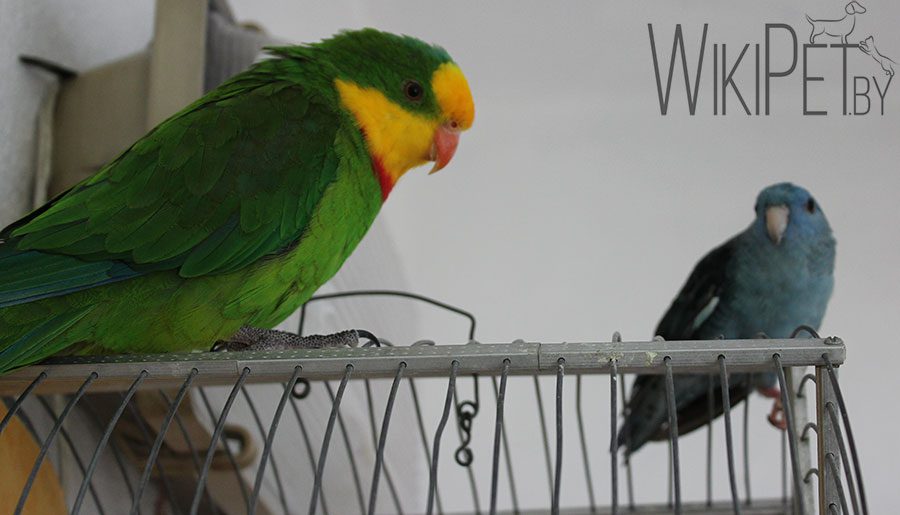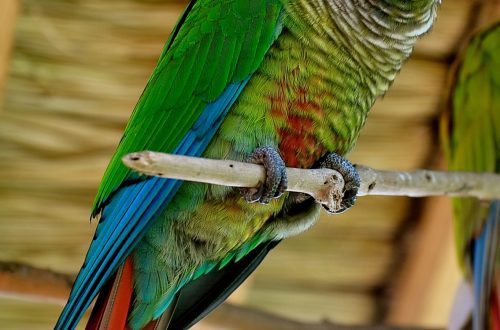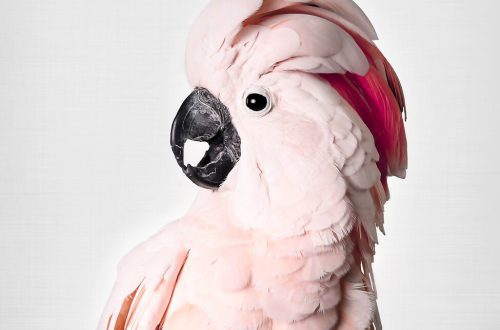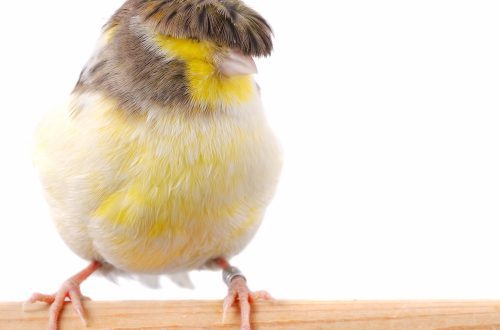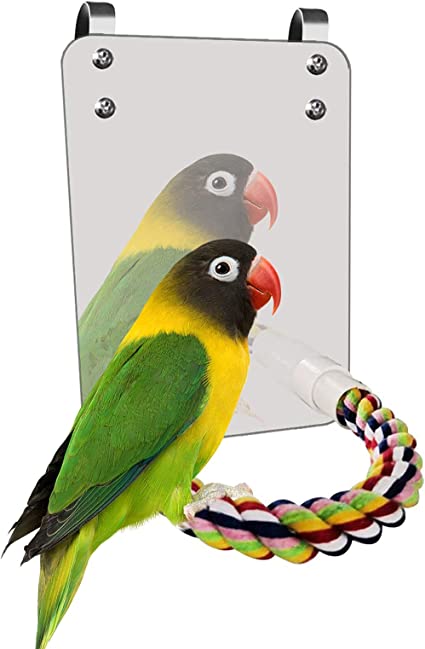
Luxury parrot barband
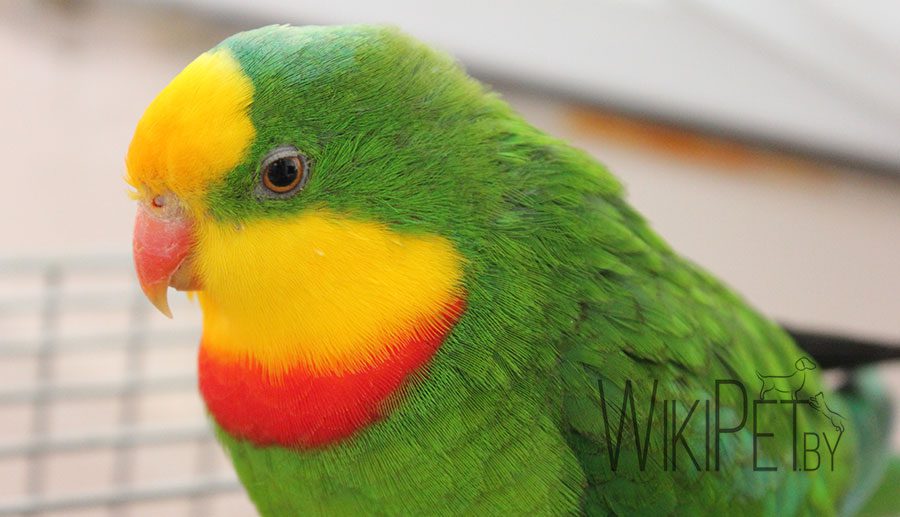 Luxurious Barraband Parrot (Polytelis swainsonii)
Luxurious Barraband Parrot (Polytelis swainsonii)
| Order | Parrots |
| family | Parrots |
| Race | Luxury Parrots |
Contents
- Appearance of a luxurious barraband parrot
- Habitat and life in nature of a luxurious barraband parrot
- Reproduction of a luxurious barraband parrot
- Luxurious barraband parrot at home
- Maintenance and care of a luxurious barraband parrot
- Feeding the Luxurious Barraband Parrot
- Breeding the Luxurious Barraband Parrot
Appearance of a luxurious barraband parrot
The luxurious barraband parrot is a medium-sized bird with a body length of about 40 cm and a weight of up to 157 g. The length of the tail is about 22 cm. Sexual dimorphism is characteristic of birds, the color of mature males differs from that of females. Male luxurious barraband parrots have bright green plumage, a bright yellow forehead and throat, and a red chest. Beak and eyes are orange, paws are grey. The tail has reddish feathers. Females are less brightly colored, the body color is not so green, duller, orange feathers on the hips. The life expectancy of a luxurious barraband parrot with proper care is about 25 years.
Habitat and life in nature of a luxurious barraband parrot
The species is endemic to Australia, lives in the southeast and some islands. The wild population numbers about 10.000 individuals. The eastern population stays in open eucalyptus forests, while the western population stays closer to river banks. In addition, birds can be found near agricultural lands and on the outskirts of small settlements. They usually live in small flocks, but sometimes they gather in flocks of up to 100 birds. Seen in groups along with cockatiels and rosellas. Luxurious barraband parrots usually feed on trees and on the ground. In the diet, fruits, flowers and eucalyptus nectar, cactus fruits, cereals, grass seeds (shepherd’s purse, thistle, nettle, alfalfa and others).
Reproduction of a luxurious barraband parrot
The nesting period falls on September-December. Nests are built in the cavities of old trees. Sometimes they nest colonially (up to 6 pairs). The clutch usually contains 4-6 eggs, which are incubated only by the female for about 20 days. The male feeds the female all this time and guards her and the nest. Chicks are born covered in down. They leave the nest at the age of 5 weeks, but stay close to their parents for several weeks until they are completely independent.
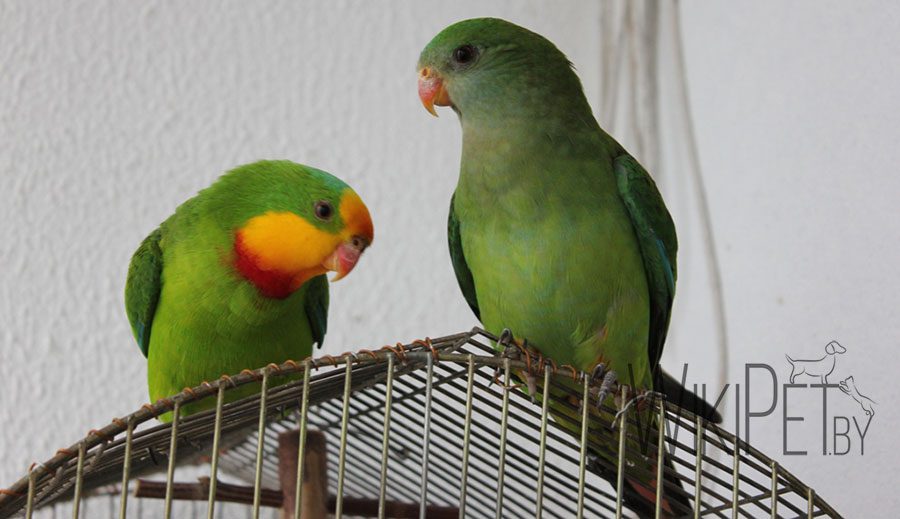 In the photo: two luxurious barraband parrots
In the photo: two luxurious barraband parrots
Luxurious barraband parrot at home
Luxurious barraband parrots have been kept at home for quite some time, and there are reasons for this. These birds are very beautiful, their bright plumage and unusual appearance attracts attention. Birds are quite large and easily tamed. However, the ability to imitate human speech in luxurious barraband parrots is very mediocre – it’s good if the bird can learn at least a few words. You can teach these parrots to whistle some tunes or repeat some sounds. Unfortunately, they are not as highly developed as, say, ringed parrots. These birds are easy to keep and breed quite well in captivity. In addition, several color mutations have been bred by breeders in some species. The birds are quite peaceful and usually do not offend even smaller birds, they can even be kept together in large aviaries and released for joint walks. The disadvantages of these birds include a rather loud voice, which they use quite often. Because of this, some are recommended to be kept in outdoor enclosures where the climate allows it.
Maintenance and care of a luxurious barraband parrot
In the photo: Luxurious barraband parrot cleans feathersWhen kept at home, a spacious aviary with a length of at least 2 meters is suitable for luxurious parrots, since parrots love to fly a lot. Perches of the appropriate diameter with bark, feeders, drinkers should be installed in the aviary. The aviary should be installed in a bright part of the room, not in direct sunlight and not in a draft, and also away from heating appliances. Be sure to install a bathing suit in the aviary, all luxurious parrots are crazy about water procedures. Excessive humidity and dampness are contraindicated for birds. Birds can also be kept in spacious cages with the condition of long walks outside the cage. Birds need entertainment, otherwise they will be bored and act phlegmatic. And this can lead to weight gain. Parrots can be taught to perform simple tricks, play with toys.
Feeding the Luxurious Barraband Parrot
In the photo: twoluxurious barraband parrots are treated to a grain mixtureTo draw up the right diet, you need to choose the right grain mixture, a commercially produced grain mixture is suitable for small and medium-sized Australian parrots. Although the birds are large, their beak is rather weak. The mixture should contain several varieties of millet, canary seed, some oats, buckwheat, safflower and hemp. The number of sunflower seeds should be limited. Treat your pets with spikelets of Senegalese millet. Be sure to include green juicy foods in the diet – lettuce, chard, dandelion, wood lice, shepherd’s purse, etc. It is also necessary to include germinated cereals, soaked and steamed food in the diet. From vegetables – carrots, zucchini, sweet and hot peppers. They are also very fond of fruits and berries – bananas, citrus fruits, grapes, etc. The cage must have sources of calcium and minerals – sepia, mineral mixture, chalk and mineral stone. Offer birds fresh branches with bark and leaves of willow, birch, linden, fruit trees, after scalding them with boiling water.
Breeding the Luxurious Barraband Parrot
In the photo: in the foregrounddeluxe barraband parrot Luxurious barraband parrots breed quite well, but this can only happen in an aviary. Birds must be at least 3 years old, they must not be relatives, they must be healthy and in good condition. The couple should be formed and show tenderness to each other. Birds should be provided with a varied diet, especially sprouted grains and animal proteins. Increase daylight hours to at least 12 hours. In the aviary, you need to place a nesting house with dimensions of 25x25x150 – 200 cm deep, letok 9 cm. Pour shavings or sawdust of hardwood trees on the bottom. Inside the house you need to place a ladder so that the birds can climb out. Usually, males perform a courtship dance before mating, jumping in front of themselves and making the appropriate sounds. The female squats at the same time. After mating, the female lays up to 6 eggs in the nest and incubates them herself for about 20 days. Chicks are born covered with down and by 1,5 months they are completely feathered and leave the nest. When they become independent, it is better to separate them from their parents.



